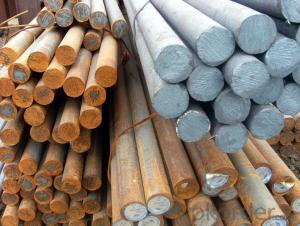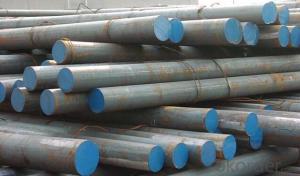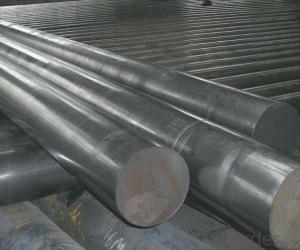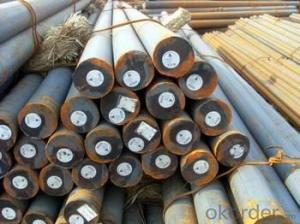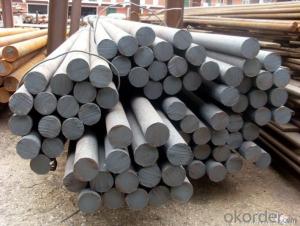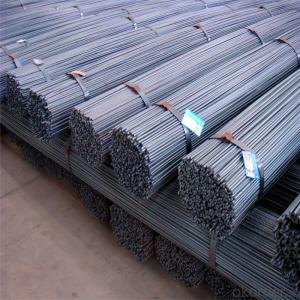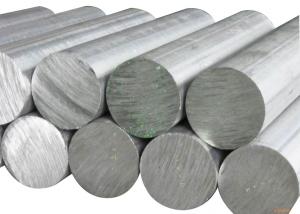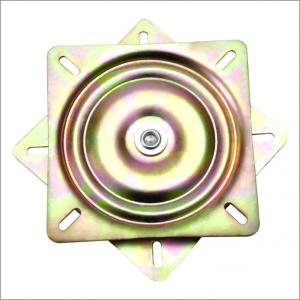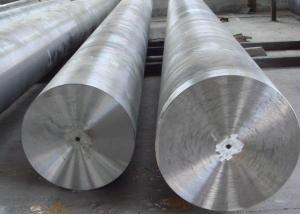65Mn Spring Steel Cold Rolled Strip Steel
- Loading Port:
- Tianjin
- Payment Terms:
- TT OR LC
- Min Order Qty:
- 25 m.t.
- Supply Capability:
- 50000 m.t./month
OKorder Service Pledge
OKorder Financial Service
You Might Also Like
Item specifice
65Mn Spring Steel Cold Rolled Strip Steel
Product Description:
1. Thickness: 0.14mm - 2.0mm
2. Width: 20mm - 600mm
3. Material: Q195, Q195L, SPCC,DC01, ST12,65mn
4. Origin of China
5. Package: Mill's Standard Seaworthy Package. With edge protector. Steel hoop and seals, or as per customer’s requirements
6. Surface: Full Hard, or bright anneal , or Drawing Quality, Oiled, Slightly Oiled, Unoiled
7. Coil weight: baby coil weight, 300~1000KGS, each pallet 2000~3000KGS
8. Shipping by container: Around 25 tons can be loaded in 1x20'FCL.
Delivery within 30days since prepayment or L/C confirmed
9. Slit edge or mill edge.
10. Accept any third party inspection. SGS, BV.
11. Making pipes, cold strip-welded pips, cold-bending shaped-steel, bicycle structures, small-sized press-pieces and house hold decoration goods.
Chemical Composition:
Grade | C | Si | Mn | Cr | Ni | Cu |
AISI 1055 | 0.62~0.70 | 0.17~0.37 | 0.50~0.80 | ≤0.25 | ≤0.30 | ≤0.25 |
Application:
(1) Zinc-coating base plates and cold-rolled annealing base plates;
(2) Construction and furniture;
(3) Automotive manufacturing, electric products, vehicles, aviation, precision
Meters, food cans, etc.
Product Show:
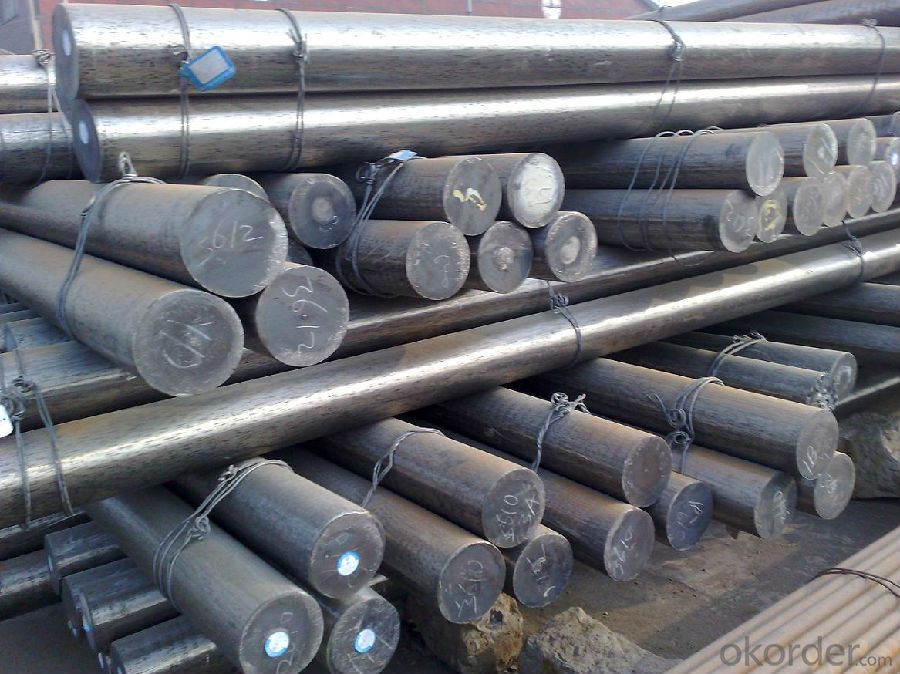

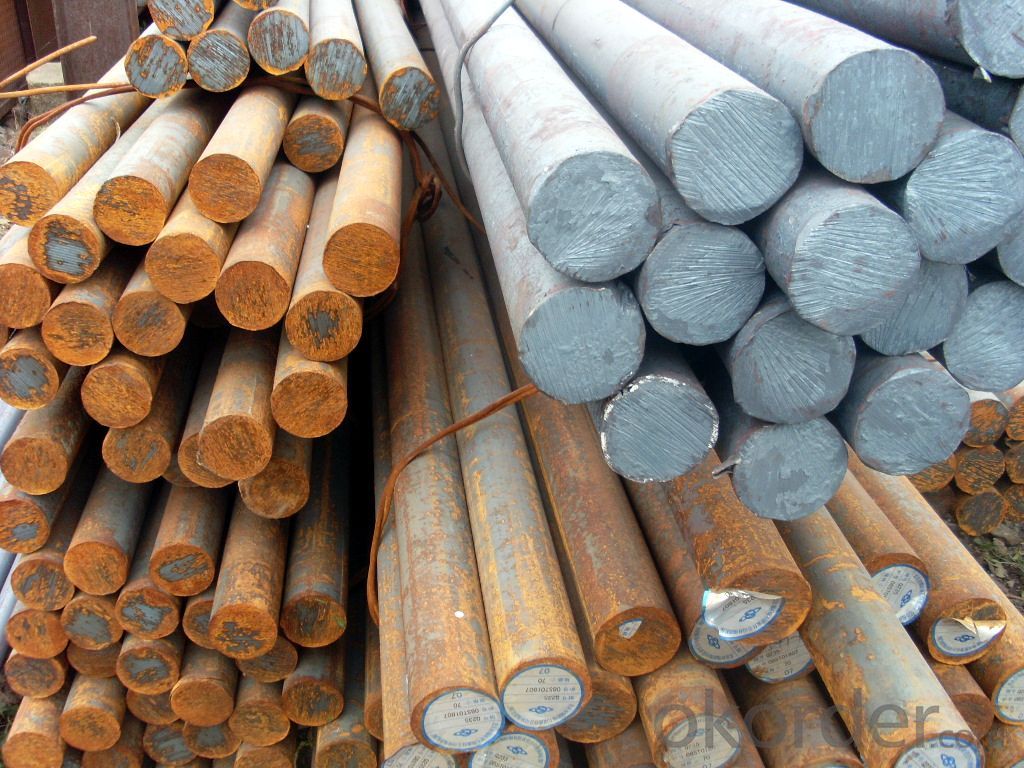
- Q:What are the main factors affecting the toughness of special steel?
- The main factors affecting the toughness of special steel are its composition, microstructure, and heat treatment. Composition plays a crucial role in determining the toughness of special steel. The presence of certain alloying elements such as chromium, molybdenum, nickel, and vanadium can enhance the toughness of steel. These elements form solid solutions or precipitates in the steel matrix, which impede the propagation of cracks and improve the material's resistance to fracture. Microstructure also plays a significant role in determining the toughness of special steel. The size, shape, and distribution of the various phases in the steel, such as ferrite, pearlite, bainite, and martensite, affect its toughness. Fine-grained microstructures typically exhibit higher toughness due to their increased resistance to crack propagation. Heat treatment is another essential factor in controlling the toughness of special steel. The process of heating and cooling the steel can modify its microstructure, altering its toughness. Quenching, tempering, and annealing are common heat treatments used to improve the toughness of steel. Quenching and tempering, for example, can produce a microstructure with a desirable balance of hardness and toughness. Other factors that can affect the toughness of special steel include the presence of impurities, non-metallic inclusions, and the presence of residual stresses. Impurities and inclusions can act as stress concentrators and reduce the toughness of the steel. Residual stresses, which can arise during manufacturing processes, can also impact the toughness of the material by creating regions of high stress that can initiate crack formation. In summary, the composition, microstructure, heat treatment, presence of impurities and inclusions, and residual stresses are the main factors affecting the toughness of special steel. Understanding and controlling these factors are crucial for optimizing the toughness and performance of special steels in various applications.
- Q:What are the limitations of using special steel in marine environments?
- Special steel can be susceptible to corrosion and pitting when exposed to saltwater in marine environments. Additionally, the high cost and difficulty in sourcing and maintaining special steel can also be limiting factors.
- Q:Can special steel be used in the computer manufacturing industry?
- Yes, special steel can be used in the computer manufacturing industry. It is often used for making computer casings, hard drive components, and other structural parts due to its high strength, durability, and resistance to corrosion.
- Q:What are the specific requirements for special steel used in the railway track industry?
- The specific requirements for special steel used in the railway track industry include high strength, durability, and resistance to wear, fatigue, and corrosion. It must also possess good weldability and maintain its mechanical properties under varying temperatures and loading conditions. Additionally, the steel should comply with specific industry standards and undergo rigorous testing and quality control measures to ensure its reliability and safety for railway track applications.
- Q:How does special steel contribute to the renewable energy industry?
- Special steel plays a crucial role in the renewable energy industry by providing the necessary strength, durability, and resistance to extreme conditions for various applications. It is used in wind turbines, solar panels, and hydroelectric infrastructure, enabling the efficient and reliable generation of renewable energy. Special steel also helps enhance the performance, efficiency, and lifespan of these renewable energy systems, ultimately contributing to the sustainability and growth of the industry.
- Q:What are the common quality control measures for special steel?
- Special steel undergoes various quality control measures to ensure its compliance with desired properties and specifications. These measures are as follows: 1. To ensure the required chemical compositions, chemical composition analysis techniques, such as spectrometry, are employed. 2. Mechanical testing, including tensile testing, hardness testing, impact testing, and fatigue testing, is conducted to verify the steel's mechanical properties, such as strength, hardness, toughness, and ductility. 3. Non-destructive testing methods, like ultrasonic testing, magnetic particle testing, and dye penetrant testing, are utilized to detect any internal or surface defects in the steel, ensuring its integrity and reliability. 4. Precise dimensional inspection is carried out to measure critical dimensions, such as length, width, thickness, and diameter, in accordance with customer requirements or industry standards. 5. Surface quality inspection ensures that the steel meets the required surface quality standards by examining it for defects such as cracks, pits, scratches, or unevenness. 6. The effectiveness of the heat treatment process, which includes annealing, quenching, or tempering, is verified through hardness testing or microstructure analysis. 7. Comprehensive documentation and traceability records are maintained to ensure quality consistency and provide a reference for future use or troubleshooting. These records include details of the production process, chemical composition, mechanical properties, and any inspections or tests performed. By implementing these quality control measures, manufacturers can guarantee that special steel meets the required specifications, offering customers high-quality and dependable products for their specific applications.
- Q:What is the purpose of cold drawing in special steel production?
- The purpose of cold drawing in special steel production is to enhance the mechanical properties and improve the dimensional accuracy of the steel. Cold drawing involves pulling the steel through a die at room temperature, which increases its tensile strength, hardness, and surface finish. This process also allows for precise control over the final dimensions and shapes of the steel, making it suitable for various specialized applications.
- Q:What are the different production methods for special steel?
- There are several different production methods for special steel, each with its own unique advantages and characteristics. Some of the most common methods include: 1. Electric Arc Furnace (EAF): This method involves melting scrap steel in an electric arc furnace, where an electric current generates intense heat to melt the materials. EAF is popular for its flexibility, as it can produce a wide range of steel grades and alloys. 2. Basic Oxygen Furnace (BOF): In this process, molten iron from a blast furnace is combined with scrap steel and oxygen to remove impurities and adjust the carbon content. BOF is known for its high production capacity and ability to produce large quantities of steel. 3. Vacuum Induction Melting (VIM): VIM is a method used to produce high-quality and high-purity steel. It involves melting the raw materials in a vacuum environment to prevent contamination and achieve precise control over the alloy composition. 4. Continuous Casting: This method involves pouring molten steel into a water-cooled mold, which continuously produces solidified steel slabs, blooms, or billets. Continuous casting is known for its efficiency and ability to produce consistent and defect-free steel products. 5. Powder Metallurgy: This technique involves compacting and sintering metal powders to produce steel with specific properties. Powder metallurgy allows for the production of complex shapes, improved mechanical properties, and the incorporation of alloying elements that are challenging to achieve through traditional methods. 6. Additive Manufacturing (AM): Also known as 3D printing, AM is a relatively new method for producing special steel. It involves layer-by-layer deposition of metal powders, which are then fused together using heat or a laser. AM offers great design freedom, the ability to produce complex geometries, and the potential for customized steel parts. Each production method has its own advantages and limitations, and the choice depends on factors such as the desired steel properties, production volume, cost considerations, and the specific requirements of the end-use application.
- Q:What are the main characteristics of structural steel?
- Structural steel is a widely used material in construction due to its exceptional properties and characteristics. The main characteristics of structural steel include: 1. Strength: Structural steel has a high strength-to-weight ratio, making it a durable and reliable material for various construction applications. It can withstand heavy loads and forces without losing its structural integrity. 2. Flexibility: Structural steel offers flexibility in design and construction. It can be easily fabricated into different shapes and sizes to meet specific project requirements. This flexibility allows architects and engineers to create unique and innovative structures. 3. Fire resistance: Steel has excellent fire-resistant properties. It is non-combustible, meaning it does not burn or contribute to the spread of fire. This makes structural steel a safe choice for buildings where fire protection is crucial, such as high-rise structures. 4. Sustainability: Structural steel is a sustainable material as it is highly recyclable. Steel can be reused or repurposed at the end of its lifespan, reducing waste and conserving natural resources. Additionally, steel structures can be designed to be energy-efficient, further contributing to sustainability. 5. Cost-effective: Structural steel offers a cost-effective solution for construction projects. It is readily available, making it more affordable compared to other construction materials. Its strength and durability also result in reduced maintenance and repair costs over the long term. 6. Speed of construction: Steel structures can be fabricated off-site and then quickly erected on-site, leading to faster construction timelines. This reduces project duration and costs, making structural steel an ideal choice for time-sensitive projects. 7. Design versatility: Structural steel allows for a wide range of architectural designs. Its strength and flexibility enable the creation of large, open spaces with minimal support columns, providing architects with design freedom. This versatility makes steel an attractive option for various building types, including commercial, industrial, and institutional structures. In summary, the main characteristics of structural steel include its strength, flexibility, fire resistance, sustainability, cost-effectiveness, speed of construction, and design versatility. These qualities make it a preferred choice for construction projects worldwide.
- Q:What are the requirements for special steel used in chemical processing?
- The requirements for special steel used in chemical processing include high corrosion resistance, exceptional strength and durability, resistance to high temperatures and extreme pressure, and compatibility with the specific chemicals being processed.
1. Manufacturer Overview |
|
|---|---|
| Location | |
| Year Established | |
| Annual Output Value | |
| Main Markets | |
| Company Certifications | |
2. Manufacturer Certificates |
|
|---|---|
| a) Certification Name | |
| Range | |
| Reference | |
| Validity Period | |
3. Manufacturer Capability |
|
|---|---|
| a)Trade Capacity | |
| Nearest Port | |
| Export Percentage | |
| No.of Employees in Trade Department | |
| Language Spoken: | |
| b)Factory Information | |
| Factory Size: | |
| No. of Production Lines | |
| Contract Manufacturing | |
| Product Price Range | |
Send your message to us
65Mn Spring Steel Cold Rolled Strip Steel
- Loading Port:
- Tianjin
- Payment Terms:
- TT OR LC
- Min Order Qty:
- 25 m.t.
- Supply Capability:
- 50000 m.t./month
OKorder Service Pledge
OKorder Financial Service
Similar products
New products
Hot products
Hot Searches
Related keywords
